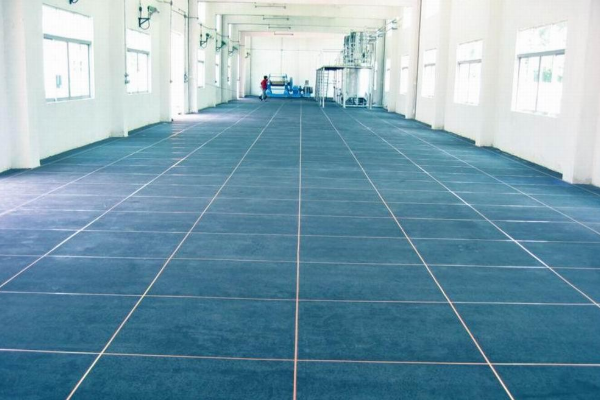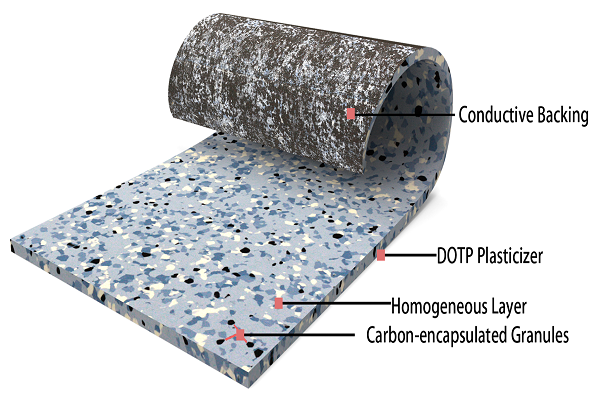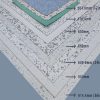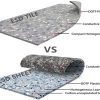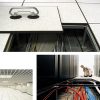ESD stands for electrostatic discharge. And ESD floor is a type of PVC flooring. It is more popular in many places because of its characters and different patterns. Now let’s explore the world of ESD floor.
What is ESD Flooring
ESD flooring is mainly divided into sheets and tiles. The differences between them are as follows:
Characteristics of sheet floor
- Fewer joints, strong overall feeling, overall beauty, smooth and clean ground
- Less sanitary dead ends
- High PVC content, good foot feel, comfortable walking
- High appearance
- The paving requirements and quality standards are relatively high. And it needs to be paved correctly. It is not easy to cause problems due to the quality of the product.
- The price is higher than the tiles
- Low degree of localization
Features of ESD tile floor
- The paving is relatively simple compared to the coiled material and the construction speed is fast
- When damaged, it is more convenient to repair
- Compared with the coiled material, the flatness of the sheet relative to the ground is not very demanding
- The degree of localization is relatively high
- The price is lower than the tiles.
Why use ESD flooring
Electronic equipment is extremely sensitive. Even 10v static electricity will affect its work. Static electricity can damage the equipment. Moreover, we simply do not notice it. ESD flooring are constructed from a variety of materials, including carbon fiber. These carbon fibers transfer static charge from people or the environment to the floor. Thus it reduces the chance of someone generating electrostatic discharge through physical contact. The use of electrostatic floors in clean rooms is beneficial to the work of employees. At the same time, the maintenance of the quality of electronic equipment is easier. In order to protect sophisticated equipment and instruments well , we choose ESD floor as a solution. The ESD floor is easy to clean.
Where we use ESD flooring
Electronic workshops are the mainstay. We usually use Electrostatic floors in clean rooms, operating rooms and other places with high requirements on electrostatic environment.
